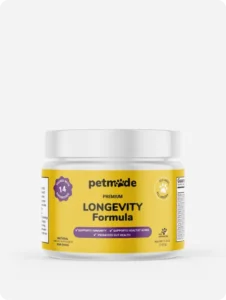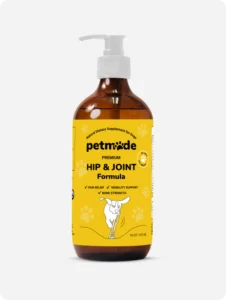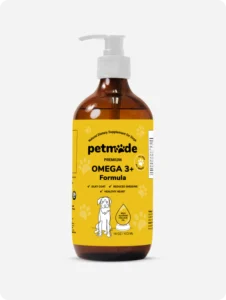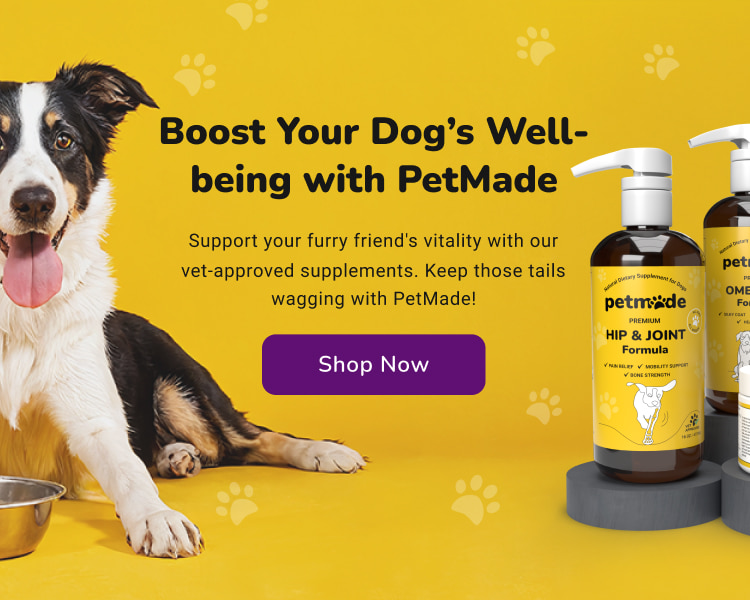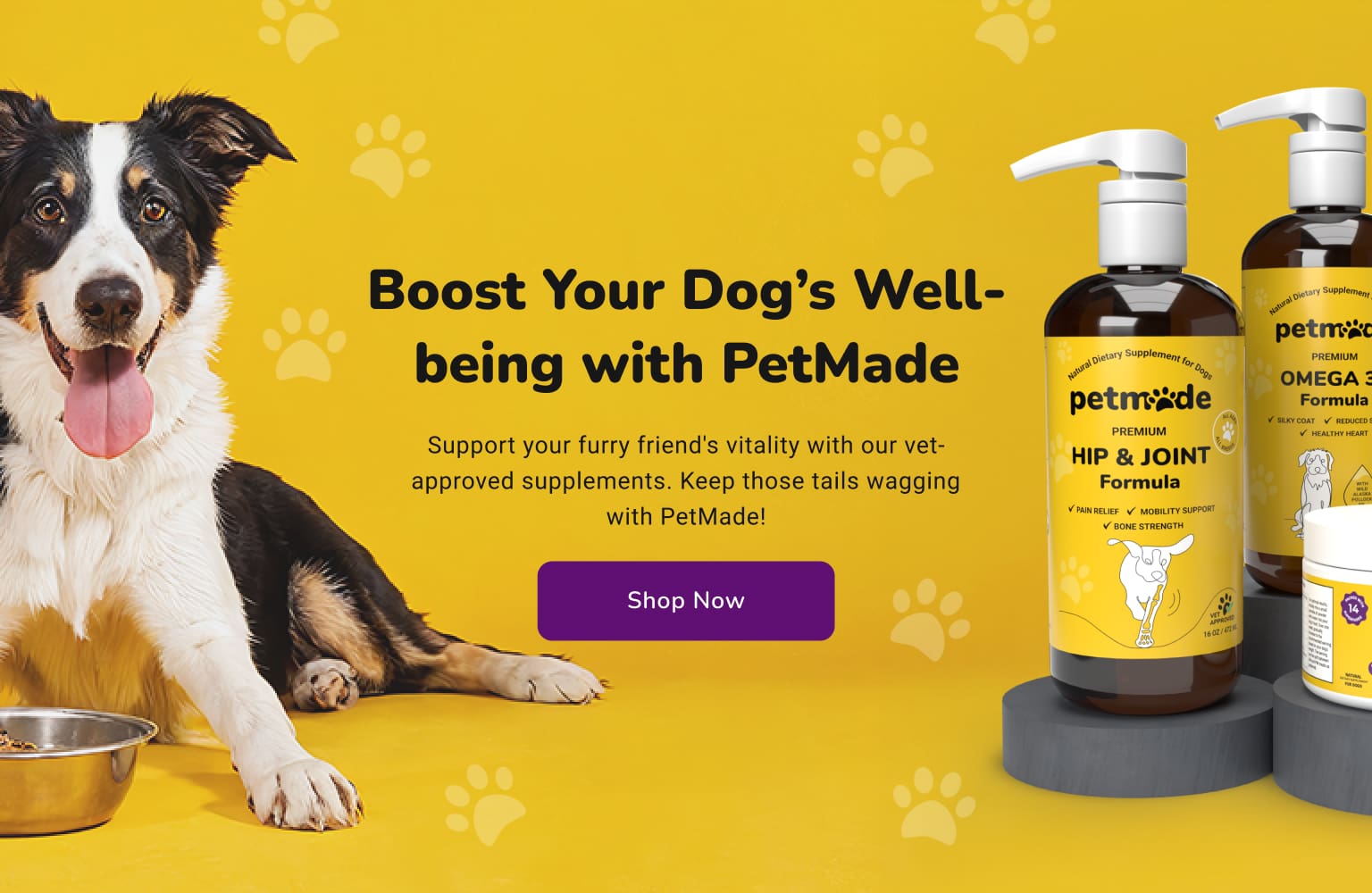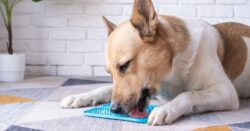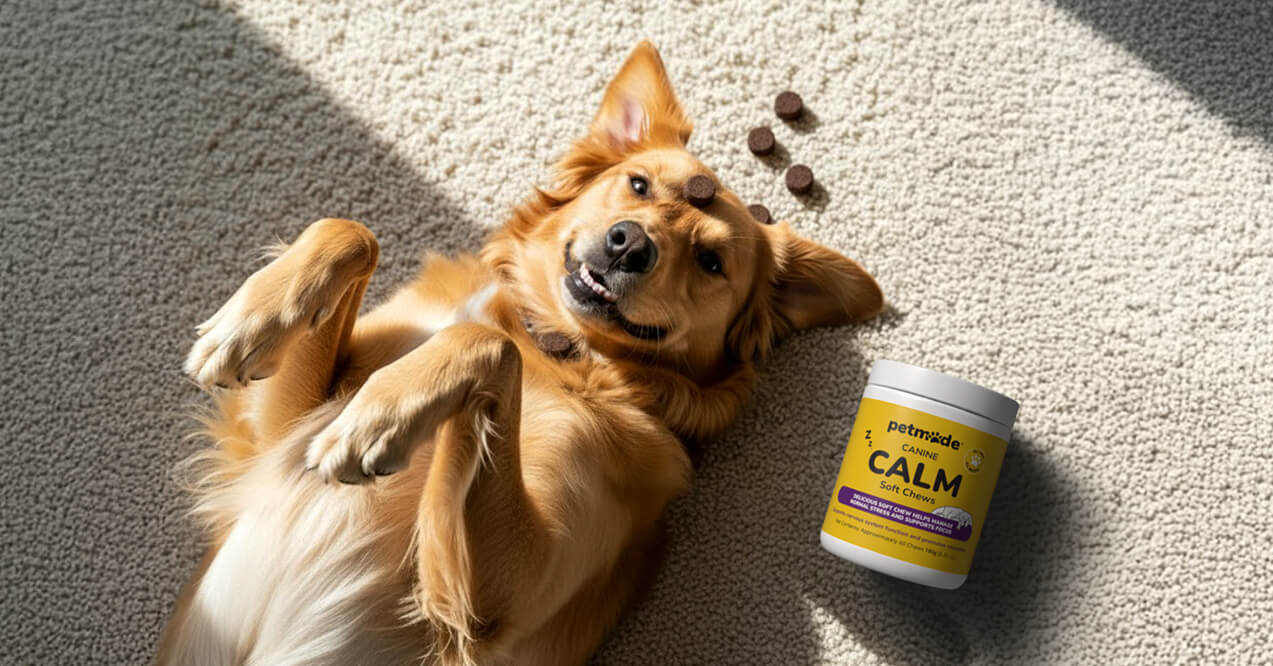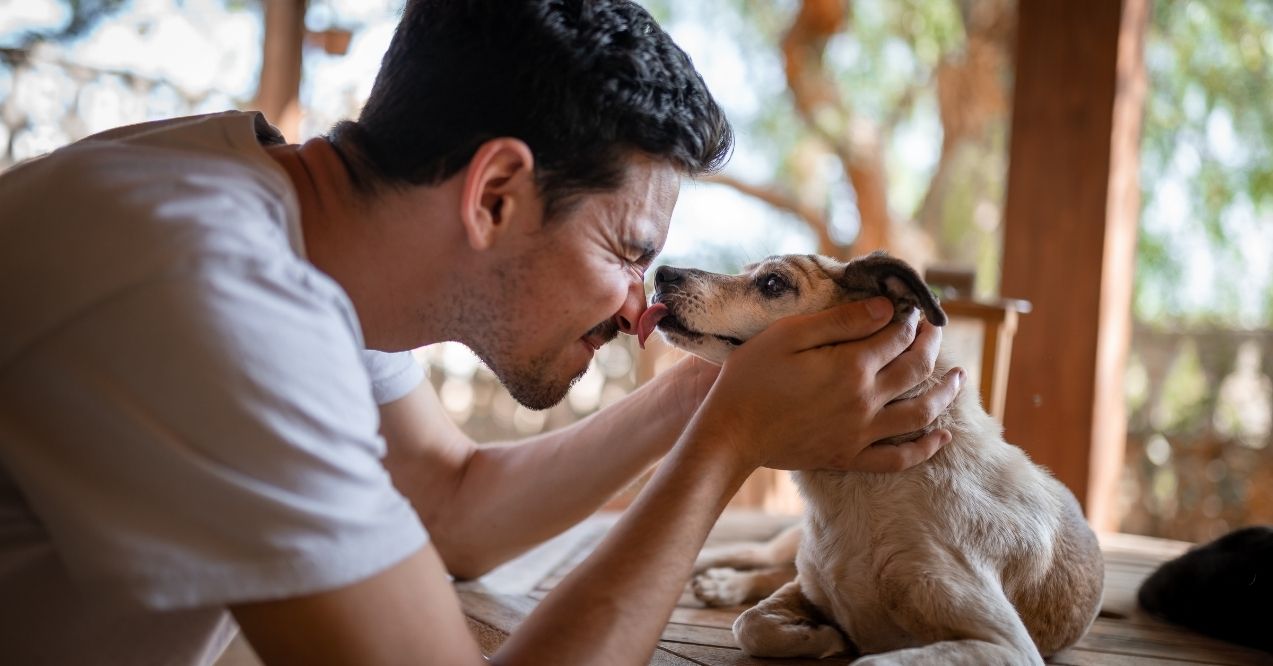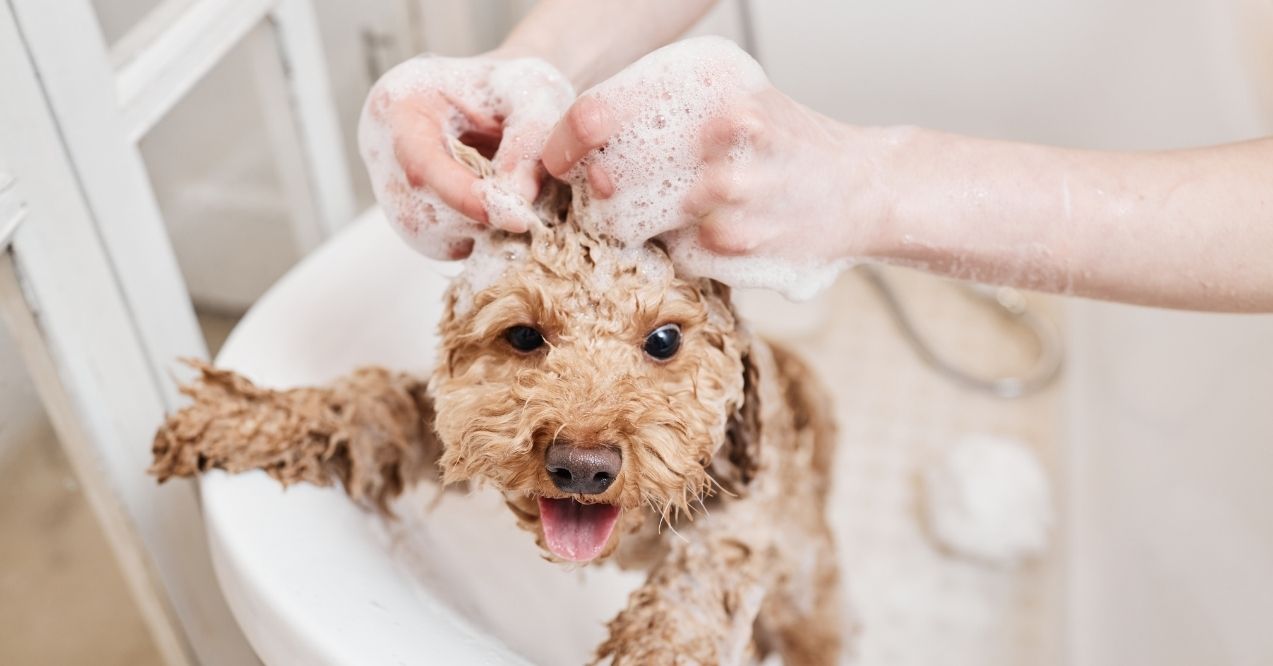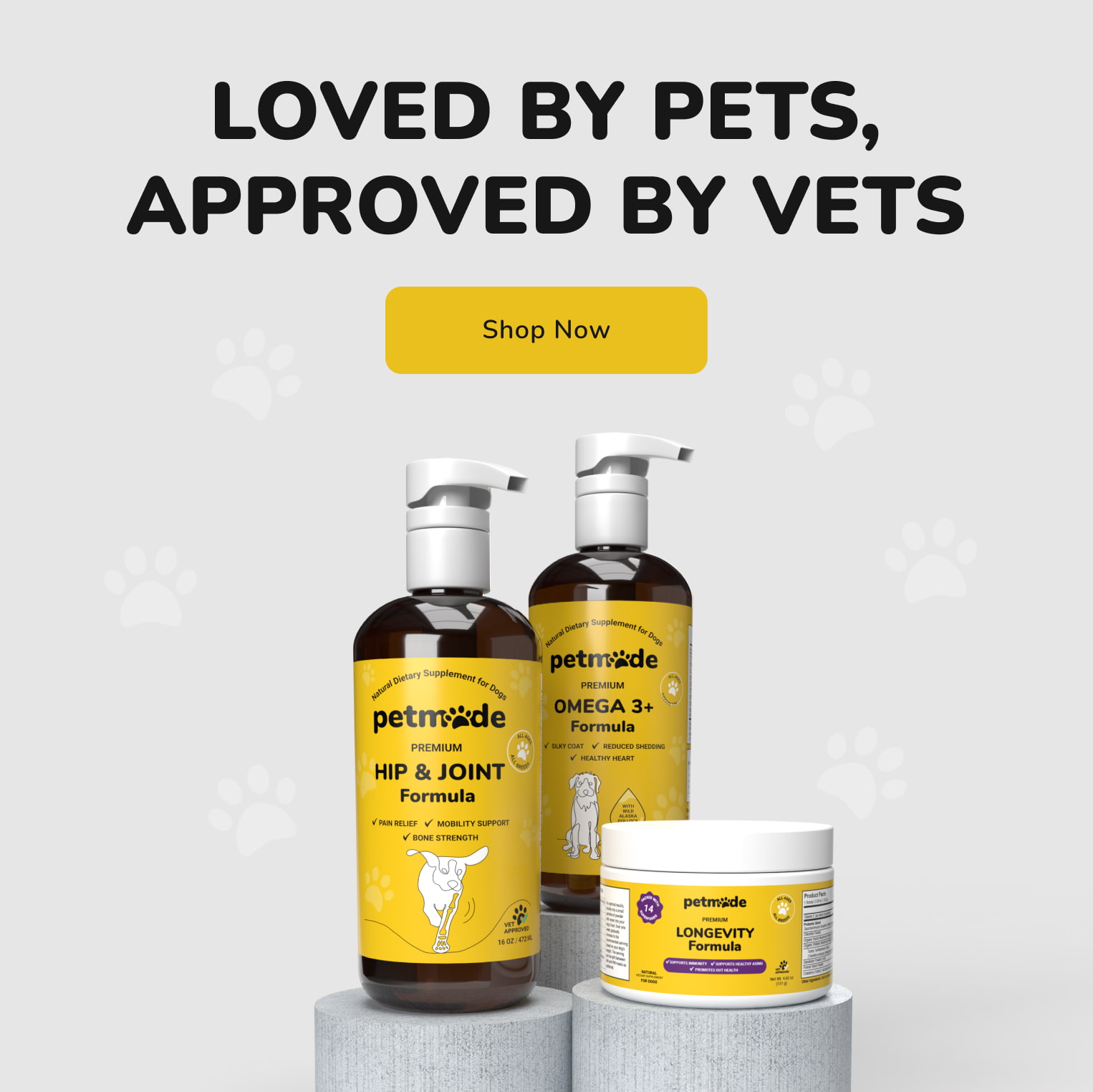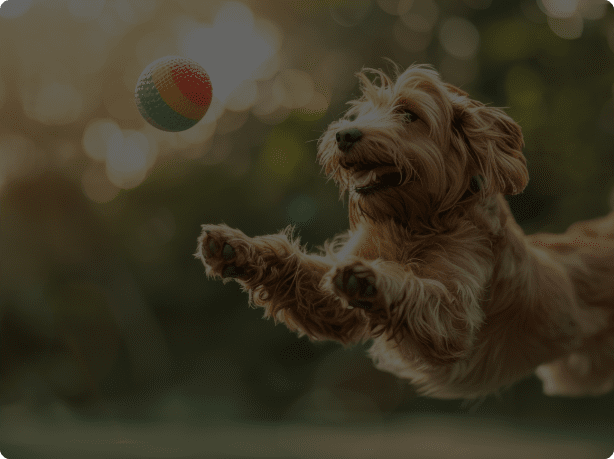10 Essential Tips to Become the Mom Your Puppy Deserves
Mother’s Day celebrates the incredible women who nurture, love, and support their children – and for many of us, those “children” have four paws and a wagging tail! As National Dog Mom’s Day approaches, it’s the perfect time to reflect on how we can be the best pet parents possible.
Our puppies give us unconditional love and loyalty; they deserve a mom who understands their needs, both physical and emotional. These ten essential tips will help you become the dog mom your furry baby truly deserves.
Nourishing Your Puppy from the Inside Out
Just like human children, puppies require proper nourishment to thrive both physically and mentally. The foundation of good health begins with what goes into their food bowl.
Tip #1: Provide Balanced Nutrition
A well-balanced diet supports your puppy’s growth, energy levels, and overall vitality. Here’s what to consider:
- Choose age-appropriate food formulated for puppies of your dog’s size
- Look for options with quality protein sources listed as primary ingredients
- Monitor portion sizes to maintain healthy weight development
- Introduce new foods gradually to avoid digestive upset
Tip #2: Establish a Consistent Routine
Puppies thrive on predictability, which creates a sense of security and reduces anxiety.
- Set regular mealtimes (typically 3-4 times daily for young puppies)
- Create a designated feeding area free from distractions
- Allow fresh water access throughout the day
- Observe eating patterns to identify potential concerns early
Supporting Physical Wellbeing
Physical health forms the cornerstone of your puppy’s overall wellbeing. A healthy body allows for exploration, play, and all the joyful experiences that make puppyhood special.
Tip #3: Make Exercise Fun and Regular
Regular activity supports healthy development, helps manage energy levels, and strengthens your bond. Finding the right balance is key:
- Adjust exercise length and intensity based on your puppy’s age, breed, and energy level
- Mix up activities – from short walks to fetch games to gentle tug-of-war
- Look for signs of enjoyment versus fatigue and adjust accordingly
- Create a weekly routine with varied activities to keep things interesting
Tip #4: Provide Proper Grooming and Care
Regular grooming does more than keep your puppy looking adorable – it supports skin health, comfort, and allows you to spot potential issues early:
- Introduce grooming tools gradually with positive reinforcement
- Brush regularly to remove loose fur and distribute natural oils
- Trim nails before they become too long and uncomfortable
- Check ears, eyes, and teeth during grooming sessions
Nurturing Mental Health and Development
A puppy’s mental wellbeing is just as important as physical health. Proper mental stimulation prevents boredom, reduces unwanted behaviors, and helps develop a confident, well-adjusted adult dog.
Tip #5: Prioritize Socialization
Early, positive experiences with different environments, people, and animals help create a confident, adaptable dog:
- Gradually introduce your puppy to new sights, sounds, and experiences
- Arrange playdates with well-mannered, vaccinated dogs
- Expose them to different types of people (of varying ages, appearances, etc.)
- Keep interactions positive and never force interactions if your puppy seems fearful
Tip #6: Offer Mental Stimulation
Mental exercise is just as tiring as physical activity and helps satisfy your puppy’s natural curiosity:
- Rotate toys to maintain interest and prevent boredom
- Introduce puzzle toys that dispense treats when solved
- Play hide-and-seek games with toys or treats around the house
- Practice short, fun training sessions to engage their mind
Building a Strong Bond
The relationship between you and your puppy is the foundation of a lifetime of love and companionship. Investing in this bond early creates trust and security.
Tip #7: Use Positive Training Methods
How you teach your puppy shapes your relationship and their view of the world:
- Focus on rewarding good behaviors rather than punishing mistakes
- Keep training sessions short, fun, and end on a positive note
- Be consistent with commands and expectations
- Celebrate small victories and progress, not just perfection
Tip #8: Create Quality One-on-One Time
Beyond basic care, dedicated attention shows your puppy they’re valued and loved:
- Set aside daily time for focused interaction without distractions
- Discover what activities your puppy enjoys most
- Observe and respond to their unique personality traits
- Create special rituals that become “your thing” together
Being Your Puppy’s Best Advocate
As a dog mom, you are your puppy’s voice, protector, and greatest supporter. Being their advocate means understanding their needs and ensuring they’re met in all situations.
Tip #9: Learn to Read Your Puppy’s Body Language
Dogs communicate primarily through body language, and understanding these signals helps you respond appropriately:
- Notice tail position and movement – a relaxed, gently wagging tail typically indicates happiness
- Watch ear positions – forward ears often show interest while flattened ears may signal fear
- Observe overall body posture – a loose, wiggly body suggests comfort while stiffness may indicate stress
- Pay attention to facial expressions, especially eye contact and mouth tension
Tip #10: Practice Self-Care as a Dog Mom
The best care for your puppy comes when you’re at your best too:
- Set boundaries that work for both you and your puppy
- Connect with other dog parents for support and advice
- Take breaks when needed – a short walk alone can recharge your patience
- Celebrate your successes as a dog mom, even the small ones
Celebrating the Dog Mom Journey
National Dog Mom’s Day offers the perfect opportunity to reflect on the special bond you share with your puppy. Being a dog mom isn’t just about providing food and shelter – it’s about creating a nurturing environment where your furry baby can thrive physically and emotionally.
By implementing these ten essential tips, you’re not just caring for your puppy; you’re building a foundation for a lifetime of joy, trust, and companionship.
The adolescent phase (6-18 months) is typically most challenging. Puppies test boundaries, experience hormonal changes, and may temporarily “forget” training. Their energy peaks while impulse control remains underdeveloped, requiring consistent guidance and patience from owners.
Yes, puppies often develop a primary attachment to whoever provides most of their care, training, and socialization. This bond forms naturally through consistent feeding, positive interactions, and meeting their needs. However, they can still form strong connections with multiple family members.
The golden puppy stage typically occurs between 3-6 months when puppies are highly receptive to training, socialization, and forming bonds. They’re curious, eager to please, and learning rapidly about their world, making it an ideal window for establishing positive behaviors.
Advertisement. This site offers health, wellness, fitness and nutritional information and is designed for educational purposes only. You should not rely on this information as a substitute for, nor does it replace, professional medical advice, diagnosis, or treatment. If you have any concerns or questions about your health, you should always consult with a physician or other health-care professional. Do not disregard, avoid or delay obtaining medical or health related advice from your health-care professional because of something you may have read on this site. The use of any information provided on this site is solely at your own risk.

